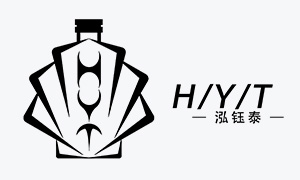Glass bottles are the norm within the beverage industry for a range of different drinks. However, despite glass being the result of natural materials, it has not always been the chosen finish. We love taking a look back at the history of glass bottles as it represents how special these containers are in the modern day.
In this article, we will share an overview of how glass bottles have evolved to be the chosen solution for drinks in today’s beverage industry.
The History of Glass Bottles
Glass is made from mixing melted sand with a binding agent such as soda and lime, making it one of the oldest man-made materials. During its early days, glass was mostly used for making jewellery and other design products as its properties for food and drink were not yet known.
Although food and drink were traditionally stored in vessels made from pottery, it was realised that various health conditions were associated with the lack of preservation of the contents. The first glass vessels can be traced to the Middle East and date back as far as 1,500 BC. At this time, glass glowing was a new skill for larger storage vessels with products such as oils being stored in the containers.
Although some beverages were stored in bottles at this time, it was the Roman Empire that elevated the skill of glass production and the use of glass containers for beverage products. This was, however, still used as a premium material which wasn’t available to the masses. However, by the 19th century, the Industrial Revolution represented a shift in this as glass bottles were put into production via semi-automatic machines. This allows containers to be mass produced. Additionally, the ease of manufacturing meant that different styles, finishes and shapes could be trialled allowing companies to start drawing correlations between the quality of storage and chosen glass bottles.
Glass bottles quickly became more varied and robust as the technology required to make them continued to advance. This also made way for the more bespoke industry of traditional glass blowing offering a premium solution for companies that wanted to offer something more unique.
From the 1880s, glass bottles that are still popular in today’s market were created, signalling the period in which glass production became more standardised for bigger companies. In addition to bottles being able to be mass-produced, the correlation between branding and product was also focused on more. This meant that producers could tie their brand identity into the packaging itself by offering designs synonymous with certain products. Additionally, the creation of bespoke packaging also became more popular.
How Does HYT Take Inspiration From The Evolution of Glass Bottles?
Throughout our collection, we have a selection of traditional designs that nod to the origin of glass packaging.







